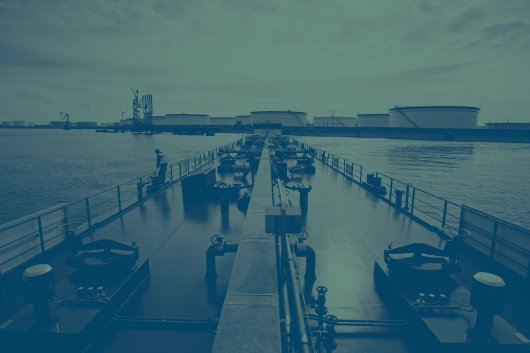IMO approves efficiency standard for new ships
Energy Efficiency Design Index (EEDI) regulation is approved at the MEPC's 62nd session in London.
The International Maritime Organization (IMO) has approved the adoption of a global Energy Efficiency Design Index (EEDI) regulation for new ships.
The EEDI, adopted today at the 62nd session of the Marine Environment Protection Committee (MEPC) in London, will require new ships to meet a minimum level of energy efficiency. Ships built between 2015 - 2019 will need to improve their efficiency by 10 percent, rising to 20 percent between 2020 and 2024 and 30 percent for ships delivered after 2024.
However, after intense negotiations, efforts led by China, Brazil, Saudi Arabia and South Africa secured a waiver for new ships registered in developing countries.
If countries choose to apply the waiver for a newly delivered ship, application of the EEDI is delayed for 6.5 years from the 1st January 2013 entry into force of the regulation.
This has prompted speculation that many shipowners will elect to have their new ships flagged in countries that provide a waiver. The first guaranteed effective date of the EEDI as a global shipping efficiency standard would therefore be 1st January 2019.
As a result, environmental NGOs have warned that because the standard only applies to ships replacing older ones at the end of their very long lives (typically 30 years), and because the waiver will defer implementation for many new ships, the full effects of today’s decision will take a very long time to have any significant impact.
John Maggs from Seas At Risk commented: "This decision is one small but significant step in tackling GHG emissions from shipping. The shipping industry has to play a proper role in keeping global warming below dangerous levels. Adoption of the EEDI must mark the start of a period of renewed action at IMO with a focus on achieving fast, deep cuts in emissions."
Bill Hemmings of Transport & Environment said: “Adopting the EEDI is the right step but the long delay weakens its short to medium term impact significantly. If the IMO does not deliver action quickly now on existing ships, it will be up to the EU to take the lead at a regional level."
"The International Maritime Organization is moving at a glacial speed to reduce greenhouse gas emissions effectively. Passing an efficiency standard and merely discussing market-based measures in meetings isn’t enough, countries need to take further concrete actions in their own regional policies," said Jenny Cooper of Environmental Defense Fund.
"This much delayed action puts into question if the IMO want to be part of the solution in a carbon constrained future or risk becoming climate laggards", said Svend Soeyland, International climate policy adviser with the Bellona Foundation.
"The EEDI vote is bittersweet," said Jacqueline Savitz, senior campaign director for Oceana. "There will be no change to existing ships which are currently pumping a billion tones of CO2 each year, and for new ships it will take another dozen years until the EEDI is really delivering benefits. Operational changes could be delivering major benefits today. The United States should stop hiding behind the IMO and begin to regulate shipping emissions," she added.
Today's MEPC vote was approved by a majority of 48 countries in favour, 5 against and 2 abstentions.
The EEDI, adopted today at the 62nd session of the Marine Environment Protection Committee (MEPC) in London, will require new ships to meet a minimum level of energy efficiency. Ships built between 2015 - 2019 will need to improve their efficiency by 10 percent, rising to 20 percent between 2020 and 2024 and 30 percent for ships delivered after 2024.
However, after intense negotiations, efforts led by China, Brazil, Saudi Arabia and South Africa secured a waiver for new ships registered in developing countries.
If countries choose to apply the waiver for a newly delivered ship, application of the EEDI is delayed for 6.5 years from the 1st January 2013 entry into force of the regulation.
This has prompted speculation that many shipowners will elect to have their new ships flagged in countries that provide a waiver. The first guaranteed effective date of the EEDI as a global shipping efficiency standard would therefore be 1st January 2019.
As a result, environmental NGOs have warned that because the standard only applies to ships replacing older ones at the end of their very long lives (typically 30 years), and because the waiver will defer implementation for many new ships, the full effects of today’s decision will take a very long time to have any significant impact.
John Maggs from Seas At Risk commented: "This decision is one small but significant step in tackling GHG emissions from shipping. The shipping industry has to play a proper role in keeping global warming below dangerous levels. Adoption of the EEDI must mark the start of a period of renewed action at IMO with a focus on achieving fast, deep cuts in emissions."
Bill Hemmings of Transport & Environment said: “Adopting the EEDI is the right step but the long delay weakens its short to medium term impact significantly. If the IMO does not deliver action quickly now on existing ships, it will be up to the EU to take the lead at a regional level."
"The International Maritime Organization is moving at a glacial speed to reduce greenhouse gas emissions effectively. Passing an efficiency standard and merely discussing market-based measures in meetings isn’t enough, countries need to take further concrete actions in their own regional policies," said Jenny Cooper of Environmental Defense Fund.
"This much delayed action puts into question if the IMO want to be part of the solution in a carbon constrained future or risk becoming climate laggards", said Svend Soeyland, International climate policy adviser with the Bellona Foundation.
"The EEDI vote is bittersweet," said Jacqueline Savitz, senior campaign director for Oceana. "There will be no change to existing ships which are currently pumping a billion tones of CO2 each year, and for new ships it will take another dozen years until the EEDI is really delivering benefits. Operational changes could be delivering major benefits today. The United States should stop hiding behind the IMO and begin to regulate shipping emissions," she added.
Today's MEPC vote was approved by a majority of 48 countries in favour, 5 against and 2 abstentions.
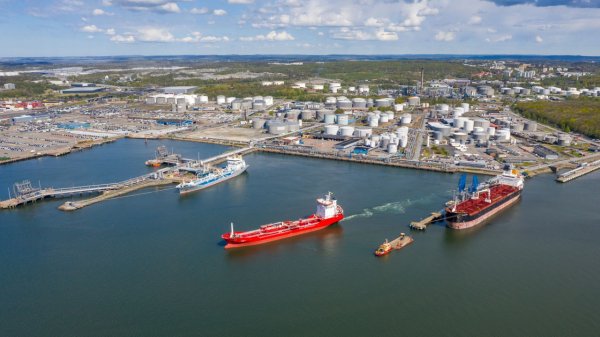
|
Swedish biomethane bunkered in Gothenburg
Test delivery performed by St1 and St1 Biokraft, who aim to become large-scale suppliers. |
|
|
|
||

|
Cockett to be closed down after 45 years
End of an era as shareholders make decision based on 'non-core nature' of Cockett's business. |
|
|
|
||
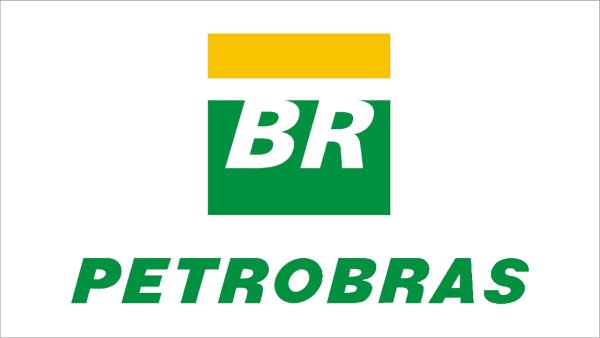
|
Petrobras confirms prompt availability of VLS B24 at Rio Grande
Lead time for barge deliveries currently five days. |
|
|
|
||
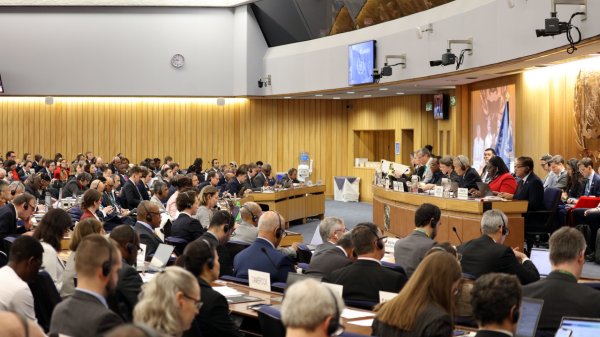
|
IMO approves pricing mechanism based on GHG intensity thresholds
Charges to be levied on ships that do not meet yearly GHG fuel intensity reduction targets. |
|
|
|
||
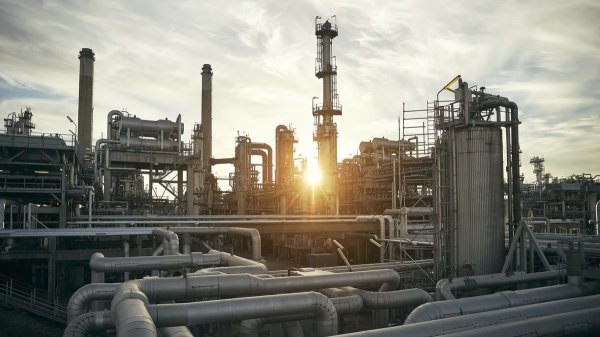
|
VARO Energy expands renewable portfolio with Preem acquisition
All-cash transaction expected to complete in the latter half of 2025. |
|
|
|
||
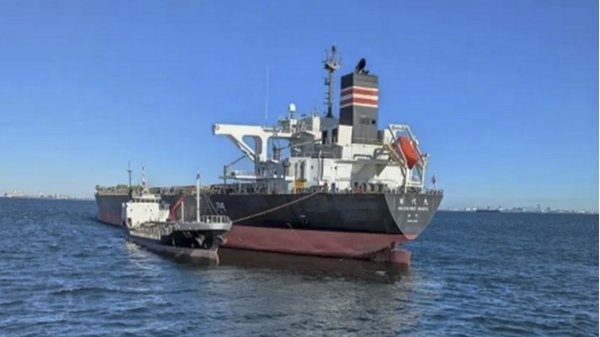
|
NYK trials biofuel in milestone coal carrier test
Vessel is used to test biofuel for domestic utility company. |
|
|
|
||
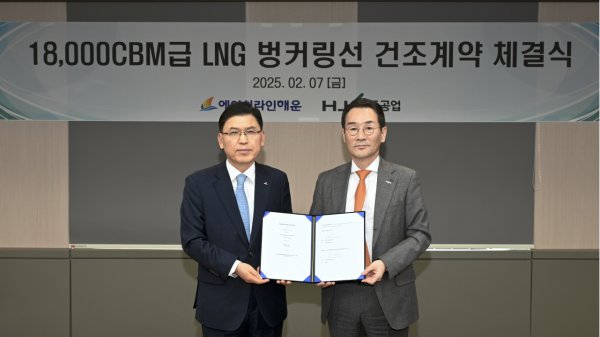
|
H-Line Shipping orders LNG bunkering vessel
Vessel with 18,000-cbm capacity to run on both LNG and MDO. |
|
|
|
||

|
How to engineer and manage green shipping fuels | Stanley George, VPS
Effective management strategies and insights for evolving fuel use. |
|
|
|
||
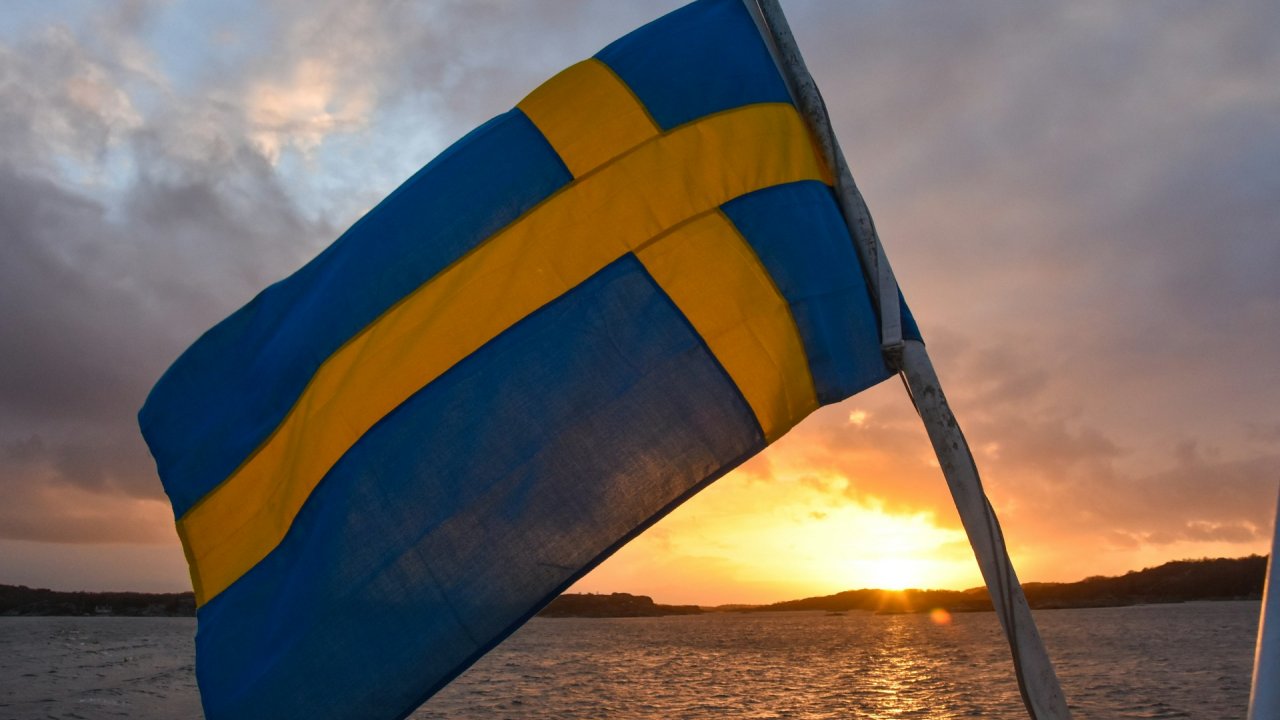
|
Swedish government bans scrubber wastewater discharges
Discharges from open-loop scrubbers to be prohibited in Swedish waters from July 2025. |
|
|
|
||
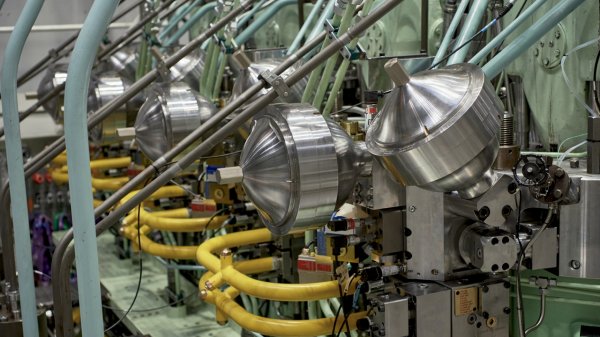
|
MAN Energy Solutions achieves 100% load milestone for ammonia engine
Latest tests validate fuel injection system throughout the entire load curve. |
|
|
|
||
Related Links
- · ICS calls for government support to cut emissions [Insights]
- · Maritime emissions discussed at EU meeting [Insights]
- · 'Steady progress' on market-based measures [Insights]
- · Rotterdam 'fully supports' 2015 ECA regulation [Insights]
- · United Kingdom [Directory]

